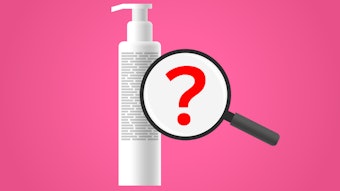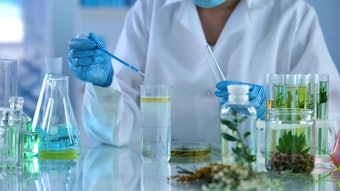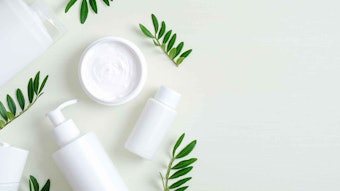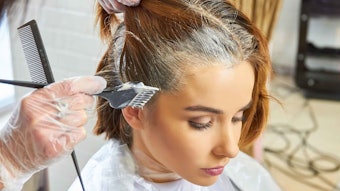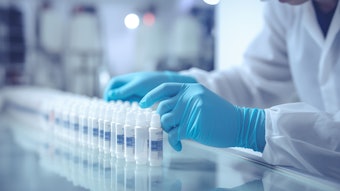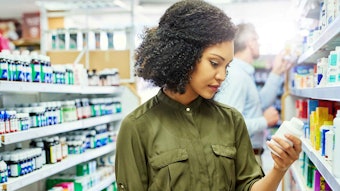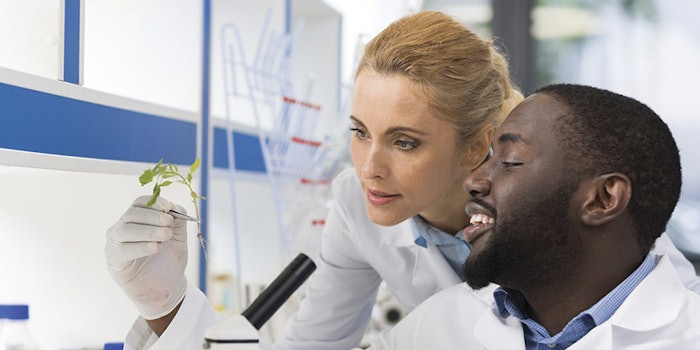
(For the complete article, click through to our May 2019 digital edition.)
Editor's note: This series serves as a primer for the cosmetic development process. This second installment covers product safety considerations in both the EU and U.S.; the first described crucial regulatory details. The next installment, on microbiological considerations, will appear in the September issue of Cosmetics & Toiletries.
Disclaimer: Check with your regulatory specialist to review your specific product and situation.
Cosmetic product safety for human health is a must. The European Commission (EC) Regulation and the Federal Food, Drug, and Cosmetic Act (FD&C Act) in the U.S. require cosmetic products to be safe for human health, outlined as follows.
- EU: The EU states, "A cosmetic product made available on the market shall be safe for human health when used under normal or reasonably foreseeable conditions of use."1
- U.S.: The U.S. prohibits the marketing of adulterated or misbranded cosmetics. A cosmetic is considered adulterated if, "It bears or contains any poisonous or deleterious substance which may render it injurious to users under the conditions of use prescribed in the labeling thereof, or under conditions of use as are customary and usual."2
Manufacturers are responsible for ensuring the safety of their products, along with safety substantiation.
In Europe, the safety of cosmetic products is based on the safety of the ingredients within—this includes their toxicological profile and exposure level. The rationale behind this comes from the fact that many thousands of different products are all derived from a limited number of substances.
Europe’s regulations prohibit the marketing of finished products containing ingredients that have been subject to animal testing since March 2013, as notified in (EC) 1223/2009 Art. 18.1 Animal testing in cosmetics has been banned in many other countries as well, with new and similar regulations currently in the works around the world and in multiple U.S. states.
Testing for Safety
The safety of ingredients is evaluated by toxicological testing. Endpoints that may be relevant for the toxicological profile of ingredients include:


